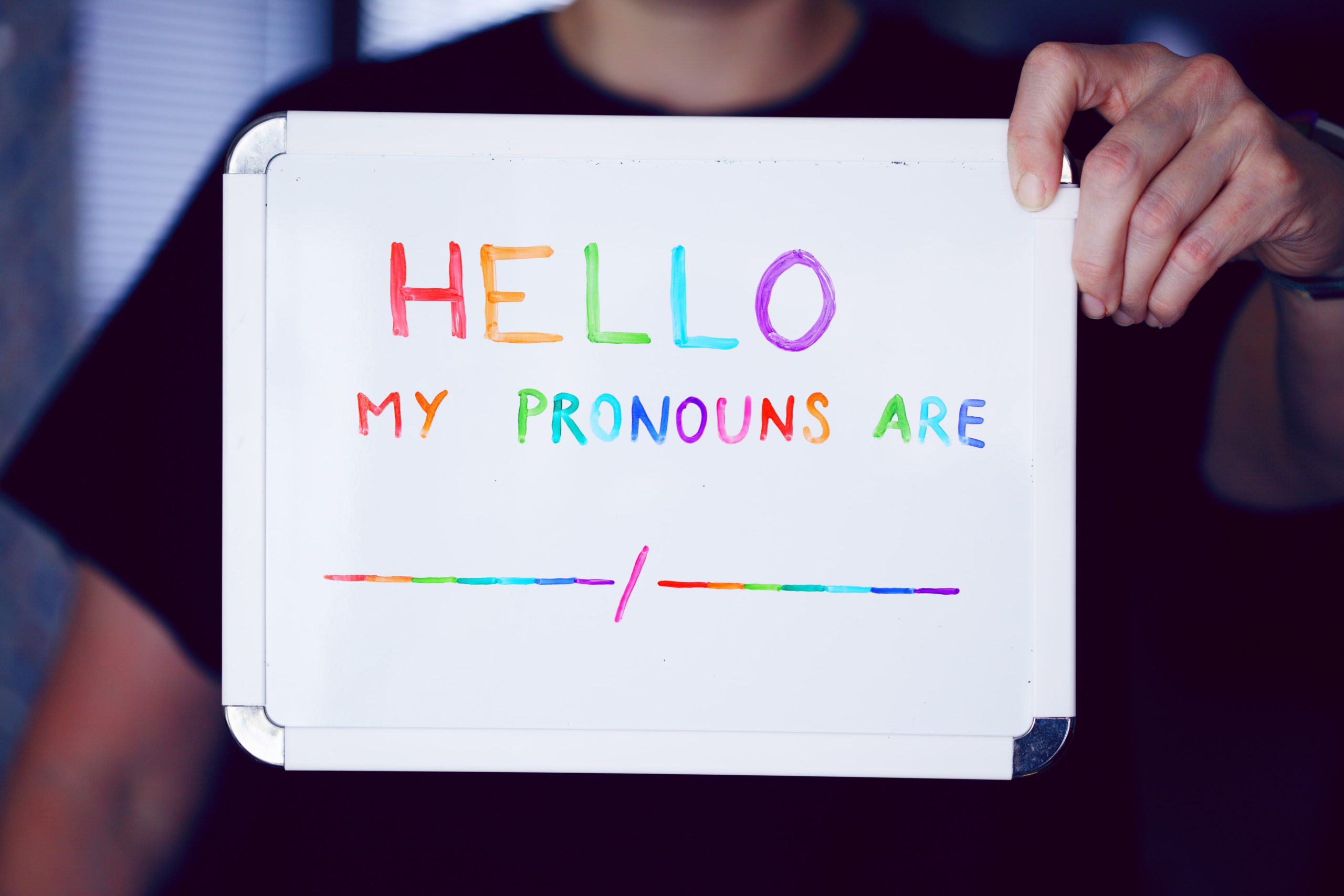Gender dysphoria is a deeply personal experience of discomfort or distress due to a feeling of disconnect from one’s gender identity. Such encompasses both social dysphoria and physical dysphoria, a result of social perceptions or physicality and traits.
Caitlyn Gates, a first-year theatre student, describes their gender dysphoria as “a general distaste for things like my appearance and voice. Sometimes it’s mild and I can deal with it, other times it’s so bad that I have a hard time looking in mirrors without being upset.”
For Ash Levson, a first-year media arts student, they experience more social dysphoria than physical. “My issues usually come from being perceived in a way that doesn’t align with my gender. Whether it’s using the wrong pronouns or assuming I fit into certain gender stereotypes, my dysphoria is heavily influenced by external social factors rather than interpersonal factors,” they explain.
With each person comes different ways in which gender dysphoria impacts them. On top of the commitment of academics and other personal struggles, this can be very strenuous on mental health and snowball to even more anxieties.
“You feel strange in your own body, you’re aware other people aren’t perceiving you as you want to be perceived, you want to hide from being misgendered or even just looked at, and so you avoid the world,” expresses Matteo L. Cerilli, a fourth-year creative writing and professional writing student who serves as the resource and admin chair for TBLGAY.
Both Gates and Levson cite instances of misgendering that worsened their dysphoria. Misgendering can be discouraging and dehumanizing because it is an act of refusal to accept people for their identities.
One practice to adopt in academic spaces is introducing ourselves with pronouns, which promisingly seems to have become a more common practice. “It might seem small, but it opens up the floor for trans people to say their own pronouns without feeling like the odd-one-out and it also helps people rewire their brains — you can’t tell someone’s pronouns just by looking at them,” explains Cerilli.
Levson echoes this sentiment, proposing an option for students “to comfortably disclose their name and pronouns during in-person classes,” not just online classes. “It would make a lot of trans students, myself included, more comfortable.”
Gates suggests “some kind of awareness training for staff and students,” in the hopes that cases of misgendering can be reduced, and that such inclusive practises can be adopted across the board at York.
TBLGAY also offers great resources to help alleviate feelings of gender dysphoria with their Gender Affirming Item Order. This initiative funds a couple thousand dollar’s worth of gender affirming items for members such as, chest binders, breast forms, gaffs, packers, hair dye, new clothes, or any items the buyer says will help alleviate their gender dysphoria.
While spots are limited, $250 slots are provided to the first people to sign up on drop day. TBLGAY also accepts donations for this fund, a direct means to support York’s trans community and particularly those struggling with gender dysphoria.
Finally, being surrounded by supportive people can be a game changer towards gender euphoria.
Levson’s friends “go out of their way to ask for their pronouns every day” as they are genderfluid, citing positive experiences with one of their professors who “actively tries to make them feel comfortable.”
“It’s really nice to know that some of the staff care as much as they do,” Levson notes.
TBLGAY also offers community spaces, where individuals can connect with different people across the gender spectrum, including their Discord Lounge, and when conditions permit, their in-person lounge.
As Cerilli concludes, “Having a strong community helps combat social dysphoria because you know that regardless of what anyone else thinks, you’ve got people who know who you are.”


